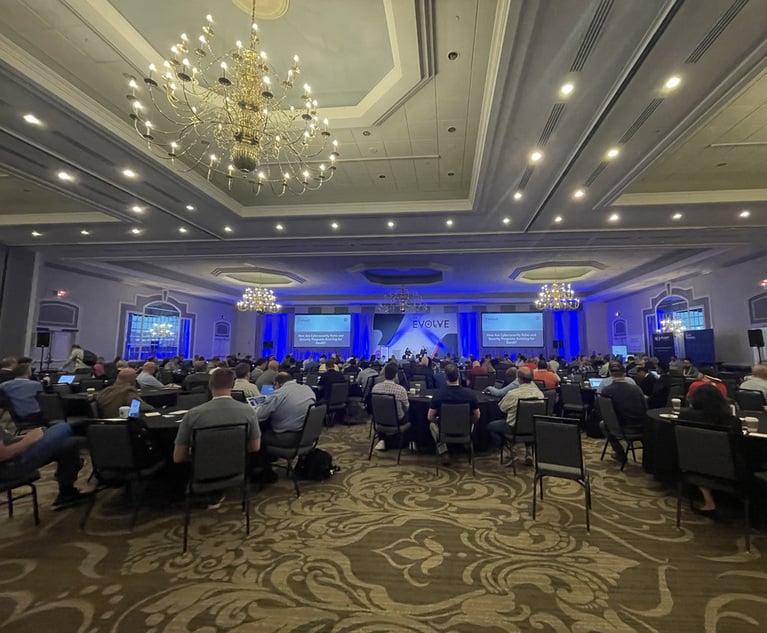Protecting IT assets in today's market is critical, especiallyfor small and mid-size businesses. But in order to prevent cyberattacks, you must first understand your adversaries.
|Cybercriminals and hackers are professionals at finding a wayaround security, and relying on signature-based securitytechnologies that match suspicious files against lists of knownmalware does not necessarily protect business owners from cyberthreats.
|But for small and mid-size business owners, the stakes are high.Advanced threat protection is necessary in keeping assets safe, butthe first step in preventing cyber crime is proactivity.
|Click through the following slides to learn more about thebiggest threats to small and mid-size business owners.
|
Who You're Up Against
- Cybercriminals are individuals or groups thathack for profit, and are the biggest threat to small and mid-sizebusiness owners. Typical activity involves stealing credit cardnumbers, personal information from Twitter, Facebook, and emailaccounts, financial account information or personally identifiableinformation.
- Nation State Attackers are individuals orgroups employed by a government to penetrate commercial andgovernment systems in other countries. Whether they are trying tosteal information, disrupt the system, or destroy information,nation state attackers pursue their objectives using a variety oftactics. No government has publically come forward and acknowledgedsponsoring cyber attacks, but foreign policy experts andresearchers have confirmed their legitimacy. For businesses withlinks to government organizations, these attackers can be cause forconcern.
- Hacktivists, depending on their motivations,target various types of businesses. Motivated by political ideologyrather than money, they often target websites that publishsensitive information, or entities with a symbolic value. In manycases, Hacktivists orchestrate DDoS attacks, flooding websites withbogus traffic.

How the Enemy Succeeds
1. Evading Traditional Signature-basedDefenses
|Traditional network defenses include next-generation firewallsand anti-virus solutions. These often involve reliance onpattern-matching signatures, rules and filters, and detecttraditional forms of cyber attacks, including worms, Trojans,viruses, and others.
|However, they can't handle today's new breed of cyber attacks.Advanced cyber threats often pass through security defensesundetected, giving attackers free rein within the system.
|Traditional network defenses fall short with thefollowing:
- Zero-day attacks, which exploit previously unknownvulnerabilities in websites or applications that developers havehad no time to address and patch
- Targeted attacks that penetrate your specific securityinfrastructure
- Polymorphic malware, which creates many new versions of itselfwith new binaries that don't match existing anti-virussignatures
- Blended attacks that use multiple channels (email, web, file)to infiltrate the network
- Advanced Persistent Threat (APT) malware, which can reside inyour network for weeks or months without being detected, allowingattackers to acquire valid user credentials to move laterallyacross the network

2. Evading Anomaly-based Defenses
|Intrusion Prevention Systems and Network Behavior Analysissolutions baseline "normal" traffic over the course of a period oftime, allowing anomalies in user behavior and traffic can be moreeasily detected and flagged as risks.
|Although Intrusion Prevention Systems are able to detect someevents caused by advanced threats, the "slow and low" nature ofAdvanced Persistent Threat malware cause hem to be prone to falsepositives or false negatives.
Want to continue reading?
Become a Free PropertyCasualty360 Digital Reader
Your access to unlimited PropertyCasualty360 content isn’t changing.
Once you are an ALM digital member, you’ll receive:
- All PropertyCasualty360.com news coverage, best practices, and in-depth analysis.
- Educational webcasts, resources from industry leaders, and informative newsletters.
- Other award-winning websites including BenefitsPRO.com and ThinkAdvisor.com.
Already have an account? Sign In
© 2024 ALM Global, LLC, All Rights Reserved. Request academic re-use from www.copyright.com. All other uses, submit a request to [email protected]. For more information visit Asset & Logo Licensing.








